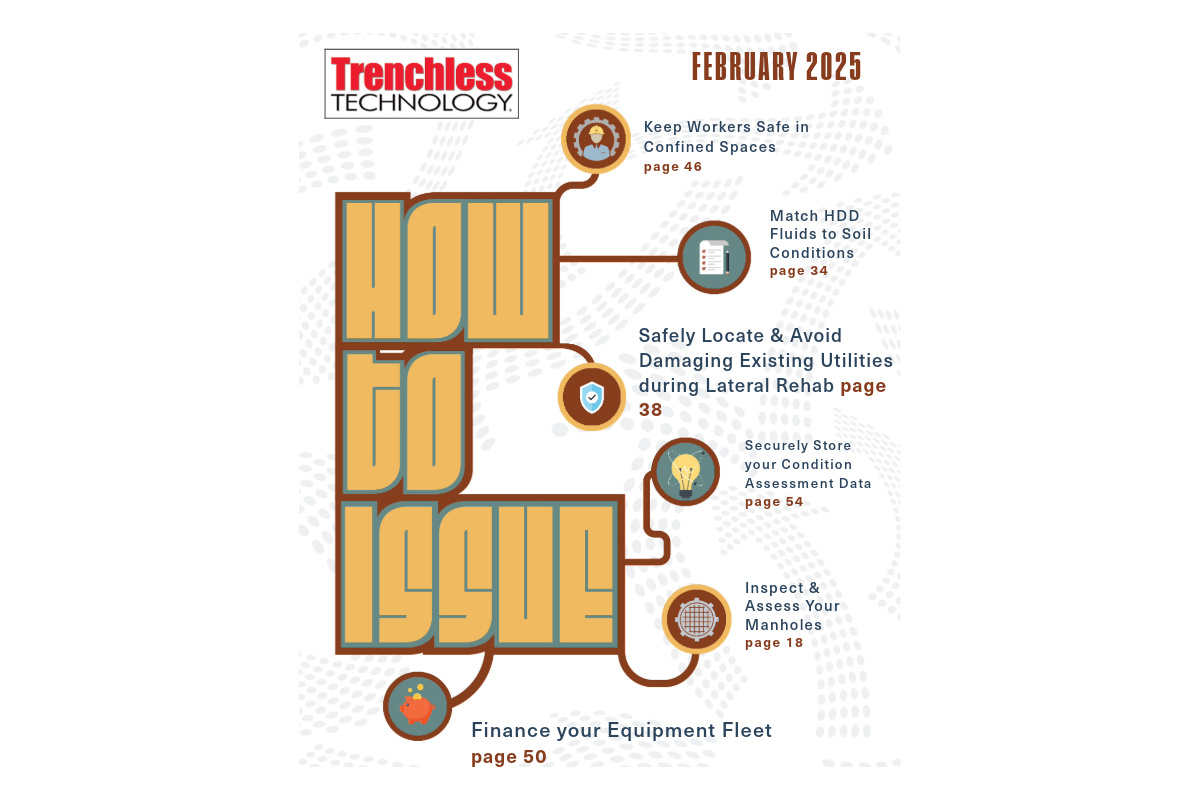Help from Industry
Manufacturers,suppliers and contractors from around the United States immediately heeded thecall for equipment that was needed to serve in rescue, then cleanup andrebuilding activities.
Naturally, pumps were among the first pieces of equipment needed. Shortlyafter the area was stabilized, Godwin Pumps of America, Rain for Rent andThompson Pump were among those called upon to deliver pumps to New Orleans andbegin the long process of evacuating the flood waters.
From Sept. 2-6, Godwin Pumps took orders and shipped 78 pumps valued at $3.5million to New Orleans. In addition to the 78 driprime pumps, Godwin alsoshipped hydraulic submersible pumps, generators, light towers, road ramps, pipeand fittings. All 20 Godwin locations assisted in some way, but locations inHouston, San Antonio, Tampa and Atlanta provided the most support.
“Moving that magnitude of equipment in such a short time is nothing short ofmiraculous,” said Marie Inferrera Holmdal, Godwin’s director ofmarketing.
Some of the uses of the pumps included: general dewatering offlood waters; dewatering flooded wastewater treatment plants; oil spill cleanup;boosting water for water supply at a hotel housing FEMA personnel; temporaryfire pump for a Coca-Cola bottling plant; and pumping out dry docks at ashipyard.
Thompson Pump also mobilized quickly to lend support. “We got a call from thegeneral contractor [Cajun Contractors] on Sept. 3 to send pumps and personnel tothe area,” said Johnny Britt, Thompson’s Gulf regional manager based in Jackson,Miss. “We started mobilizing that day and began delivery the following day.”
In all, Thompson supplied 26 pumps to New Orleans from branch offices inLouisiana, Mississippi, Florida, North Carolina, Kansas and Michigan. Thecollection of pumps included seventeen 12-in. Thompson driprime trash pumps,four 12-in. Thompson hydraulic pumps, two 18-in. driprime pumps, two 24-in.axial flow pumps and one 20-in. axial flow pump. In all, 97 portable pumps fromvarious suppliers were set up in the area to pump flood waters out of thecity.
Upon arrival to New Orleans, crews were escorted to a pumping site on DwyerStreet — a few miles from the Superdome — by U.S. Marines as snipers were adanger. After a few days, security was tightened and crews could focus on the24-hour-a-day pumping program that pumped water from the city into the canalthat leads to Lake Pontchartrain.
Britt described the scene as total devastation. “It’s impossible to describehow bad the situation was,” he said. “There were bodies floating in the waterand there was a bad smell in the whole area. “It’s slowly getting better though.Most of the levee breaches have been repaired, the water level is going down andthe City is steadily getting its big pump stations back on line.”
As of mid-September, Britt estimated that three more weeks of pumping wereneeded before his crews demobilized.
Rain for Rent helped the relief efforts by providing: submersible hydraulicpumps (19,000 gpm), a DV 400 (14,000 gpm) and smaller pumps throughout theregion. Many tanks have also been provided by Rain for Rent to store fuel andwastewater. Filtration and spillguard containment systems have been mobilizedfor environmentally sensitive applications. More than 50 Rain for Rent branchesand 850 employees across the nation are working together to help restore whathas been damaged by Hurricane Katrina.
Rain for Rent sales representative, Mark Ippolito said “There is total
devastation in this area. Never have I seen anything that bad, and I hope tonever see it again. To be part of the recovery and to help in the process ofemptying the city of water… I take a lot of pride in that.”
Nick Ferris, manager of the Rain for Rent branch in Baton Rouge, acknowledgesthat the devastation in New Orleans will not be cleared away for a long time —in the meantime priorities are to take care of employees and see that theyremain safe, and to continue providing customers with excellent services thatexceed their expectations.


